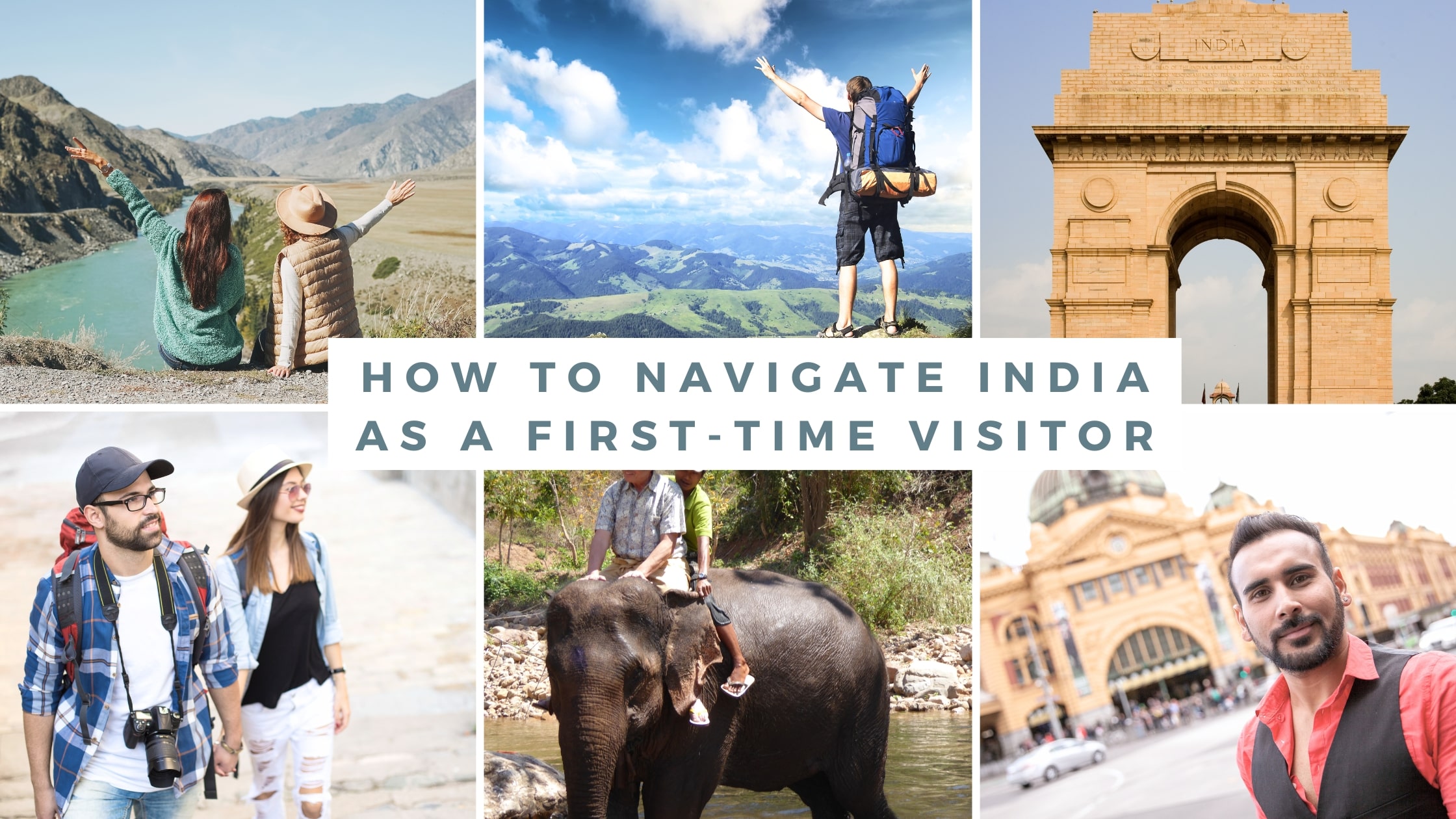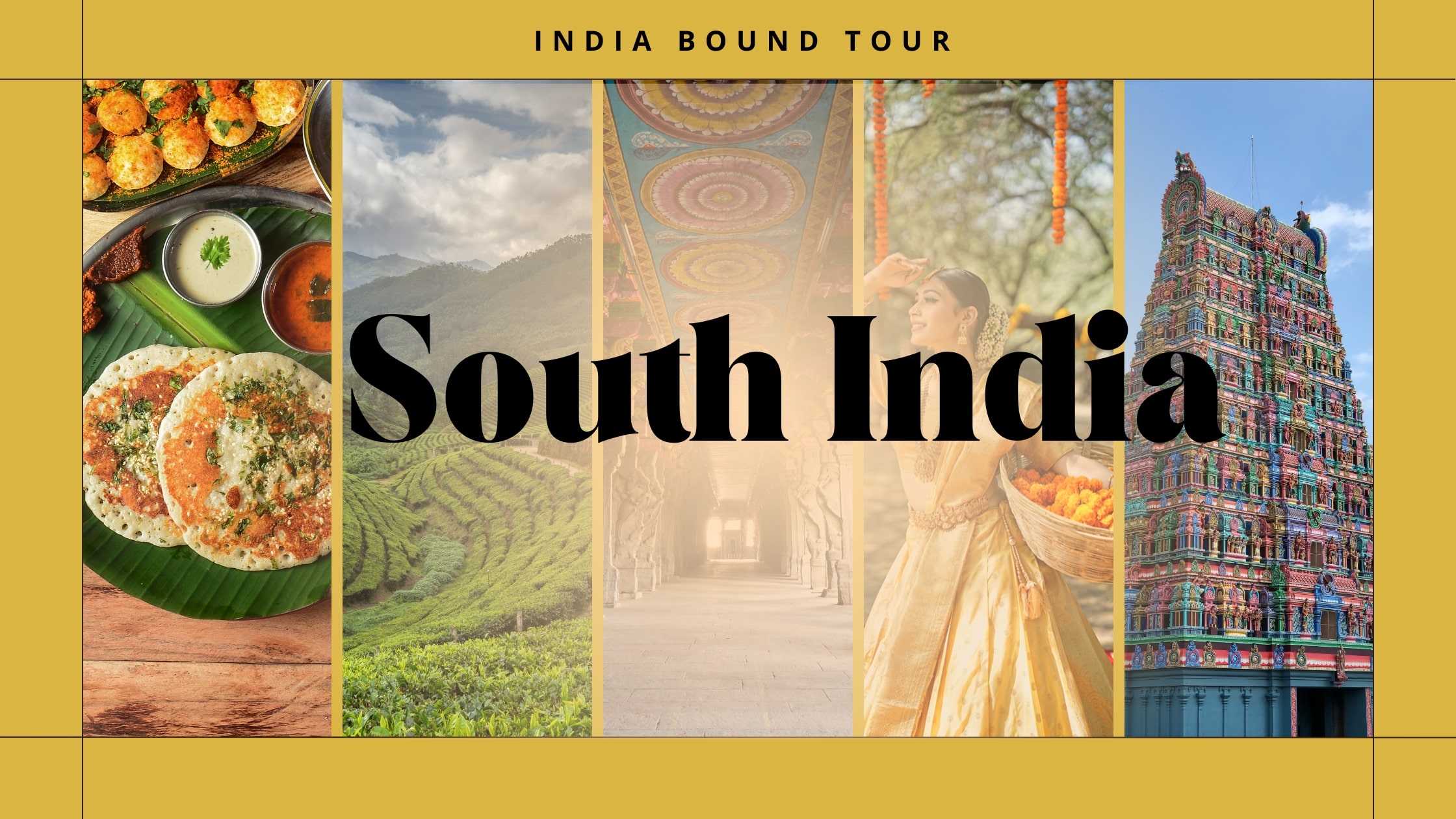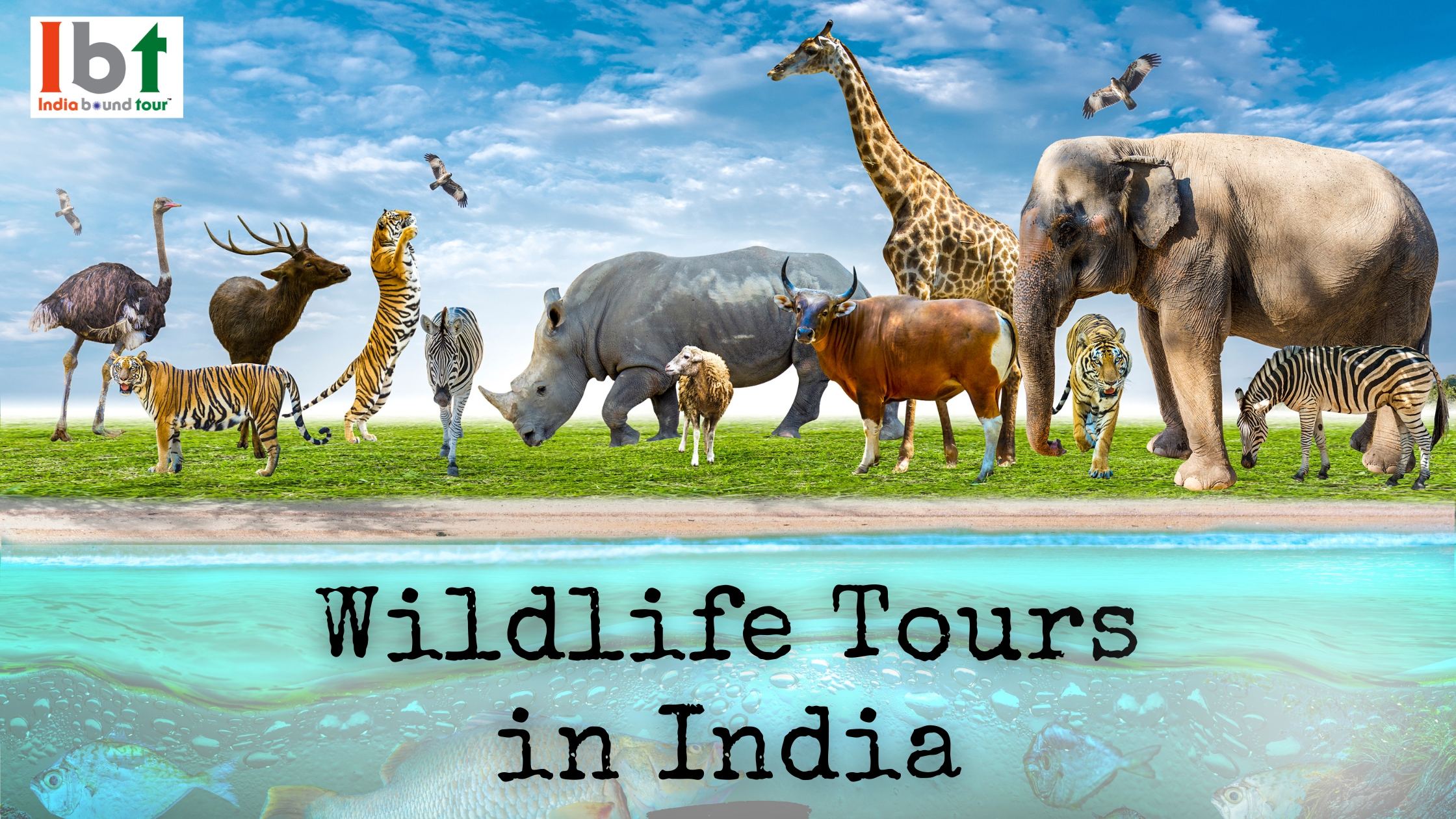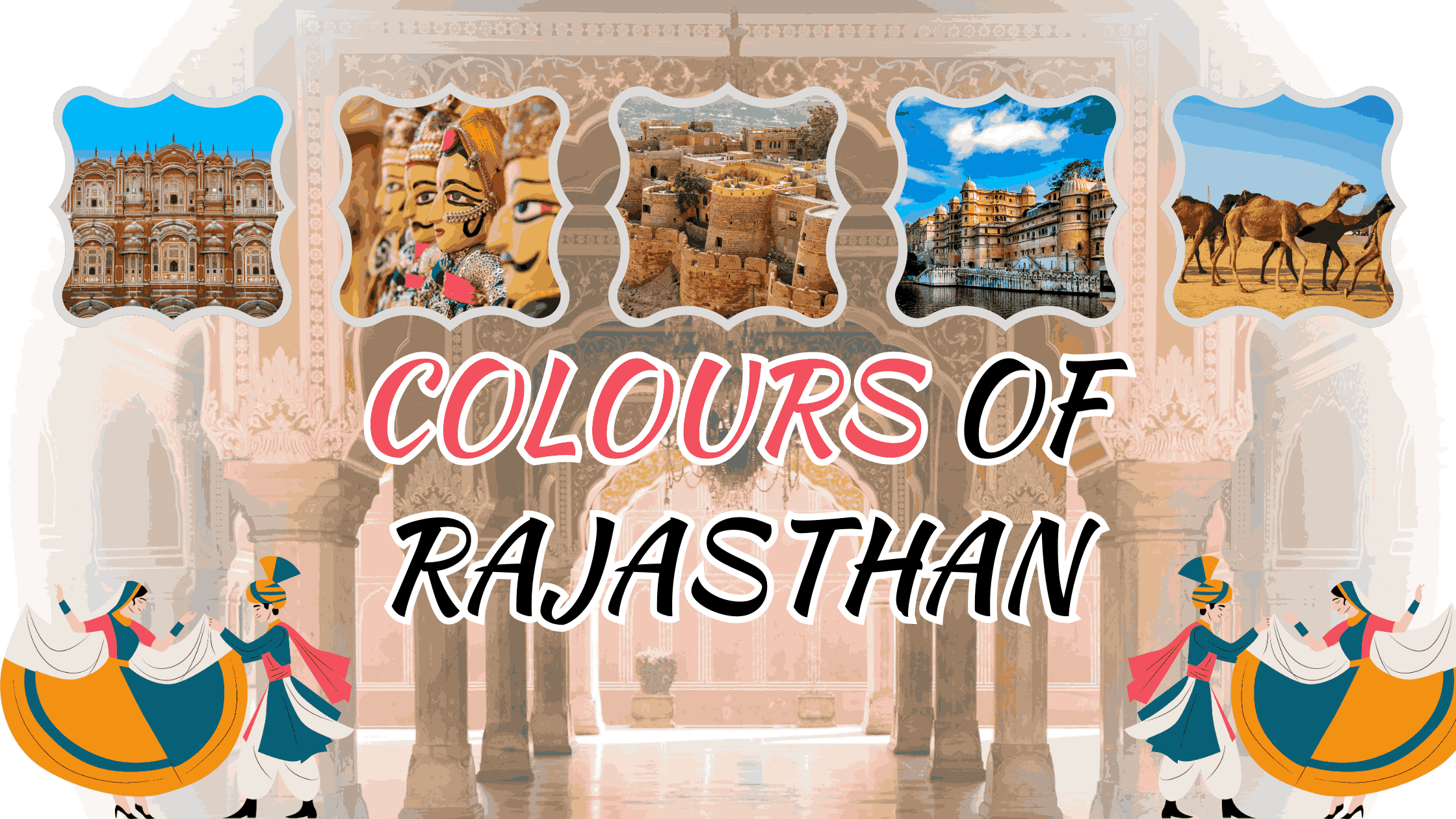If you love travelling then India is the best thrilling country to visit. You can see the best landscape, sceneries, and beauty of Nature, which will mesmerise your eyes. The traditions will reflect the different cultures of India and the people. In this blog, we will learn about first-time visitors to India and a navigator for them.
India is safe for Beginners
Safety will be the priority for a person. So, yeah India is safe for the First-Timer but still, some limitations need to be followed by you. It will be better to avoid the isolated areas at night and keep your belongings secure. It is better to learn a little bit about Indian culture. It will help you to avoid misunderstandings. When exploring, keep a copy of your passport, know emergency contact numbers, and stick to bottled water to avoid health issues.
Best Travel Routes for Tourists
India is known to be the most scenic and beautiful in the world with a diverse culture that attracts every tourist. These are some of the travel routes which you need to follow.
Golden Triangle (Delhi, Agra, Jaipur): It features some main attraction sites such as the Taj Mahal, forts of Jaipur, and the history of Delhi.
Kerala Backwaters: Kerala is famous for its houseboat tours and though the canals of Kerala are not as picturesque as those in Thailand, coupled with the outstanding greenery, every moment in the houseboat of Kerala is a special one.
Rajasthan Desert Circuit (Jaipur, Jodhpur, Udaipur): The city of Rajasthan is especially known for fortresses and huge palaces, the feeling of which can be called a Royal India
Kolkata & Odisha: Kolkata, known as the "City of Joy," offers a unique blend of colonial architecture, cultural festivals, and a rich literary tradition. Landmarks like the Victoria Memorial, Howrah Bridge, and vibrant street markets provide a deep dive into India’s cultural heart. Odisha, on the other hand, is famous for the Sun Temple at Konark and the Jagannath Temple in Puri, along with its serene beaches and tribal heritage, making it a spiritual and historical destination.
North East: The northeastern region of India, often referred to as the "Seven Sisters," includes states like Assam, Meghalaya, and Arunachal Pradesh. This area is known for its stunning landscapes, rolling hills, tea gardens, and unique tribal cultures. Must-visit spots include Kaziranga National Park in Assam, the living root bridges in Meghalaya, and the Tawang Monastery in Arunachal Pradesh. The region is also famous for its vibrant festivals and a rich tapestry of traditional arts and crafts.
What to expect When visiting India
Prepare for sensory overload! Its colour, noise, and smell can be overwhelming. Cities are full of people while the countryside is more non-intensive. Brimming with lively festivals, bazaars, art and culture, and archaeology ranging from antiquity to the existence of modern civilization. If you would have the time of your life to go to India, even if it's against your better judgement, India will not disappoint you.
Cultural Tips for Travelling in India
Cultural sensitivity is important, those few inches of respect go a long way. Pray dress appropriately especially when visiting religious areas it is required to cover the shoulders and legs. It is still acceptable to take your shoes off when entering a temple or a person’s house as you are greeted. Specifically, when it concerns eating and making gestures one has to use one’s right hand only, as using the left hand is considered a taboo.
How to travel by Train in India
Railways are one of the most used transport means which belongs to India; It presents a large number of lines all over the country. Booking of tickets is particularly important because more and more passengers prefer specific routes. IRCTC is the site through which you can book online; you should choose the classes that are reserved such as the AC or the Sleeper. The train transport is more fun on its own and also an opportunity to interact with the locals and see wonderful scenery.
How to hire a Taxi in India
When looking for taxi hire, services available from companies such as Ola and Uber are preferred in big cities. These apps provide proximal visibility through navigator tracking, estimated charges, and the driver’s information. In intercity travel, it is recommended that you use the services of a reputable tour operator or your hotel. Auto rickshaws are good for covering short distances in a fun way but bargain the price before getting into the auto-rickshaw.
Navigating Indian Airports and Stations
Airports in India tend to be crowded, thus you need to plan for your flight. General aviation airports are not deficient in modern amenities and most airports have prepaid taxi counters to protect passengers from fraudsters. At railway stations, look for signs in English and for your convenience, luggage porter services may be arranged. Indian stations are full of people and thieves, so do not leave your things alone for a minute.
Using public transportation in India
The various means of public transport are buses, metro, and local trains. Metro rail transport in cities such as Delhi, Mumbai, and Bengaluru can be fully described as efficient and affordable. Local buses are used frequently, but these are rather overcrowded; the metro and trains are much more comfortable. Taxis are of convenience if the public transport system appears overbearing to the user.
Travel apps for Indian tourists
Apps make travelling easy. Here are some recommended ones:
Google Maps: This is used for streets and directions.
Zomato or Swiggy: For exploring food options.
Ola and Uber: For ride-hailing.
IRCTC Rail Connect: For train booking.
Red Bus: For bus travel across states.
Language tips for travellers in India
English is well known throughout the large cities; however, it is useful to come armed with some Hindi words and phrases for the countryside. Things like saying ‘Namaste’ which means hello or ‘Shukriya’ which means Thank you are acceptable. There are translation applications one can download or a phrase book will help in communication.







.jpg)